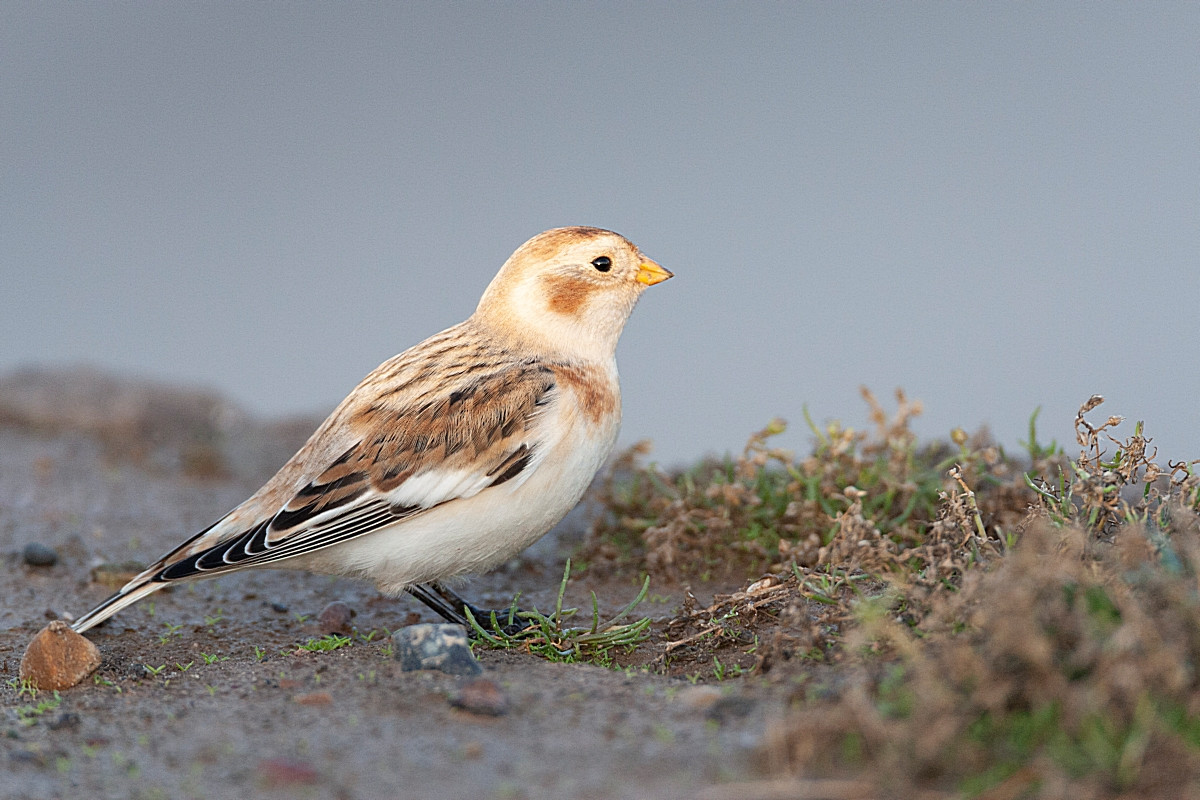Description
Chef de Baie offers a large number of landscapes, attracting bird species typical of the region. There are hedges, forest, large wasteland, a rocky foreshore, a sandy beach and, of course, the ocean. In most of the area, which is made up of hedges and wastelands, you can observe very specific species of the environment, such as Многоголосая камышевка, Золотистая цистикола or Серая славка. The Соловьиная широкохвостка and Славка-черноголовка are also often at the rendezvous.
On the migratory side, we find the Белозобый дрозд, which generally forages on the ground near hedges, sometimes accompanied by Певчий дрозд, Белобровик and Деряба. In the bushes, it is the Теньковка, Пеночка-весничка, and, more rarely, Зарничка. It is not uncommon to observe Садовая славка hidden in a bush. In winter, other species take their place, such as Рябинник, which usually forages on the ground. The Московка, Юрок and Чиж actively forage in the trees, sometimes in huge flocks for the latter two.
On the ocean side, the Серебристая чайка, Средиземноморская чайка and Озерная чайка feed on the beaches. They nest slightly more inland, on buildings in the industrial zone. During migration, the Северная олуша are also sometimes observable, during strong north-westerly winds, forcing them to stay close to the coast. The Пестроносая крачка are also observable, accompanied by Малая крачка and Речная крачка.
In winter, the Чомга take the place, with some Краснозобая гагара and Черноклювая гагара (more rare). The Большой баклан are also present. Some Тонкоклювая кайра and Гагарка, although quite exceptional, can be observed during storms in the North Atlantic. They are also the Черноголовая чайка and Морская чайка which feed on the beaches. Many Камнешарка crowd the rocky foreshore at low tide, then rest on the large rock dike separating the beach from the foreshore. They are usually accompanied Малая белая цапля, sometimes by the dozen. Close to the beach, towards the fishing port, a compensation area has been set up to provide refuge for various species, such as Каменка, Полевой конёк and Пуночка.
_________________________
Français: Une petite zone d'observation, toute proche de la ville, offrant refuge à un grand nombre d'espèces nicheuses, migratrices et hivernantes.. Cette zone d'observation offre un grand nombre des paysages, attirant des espèces typiques de la région. On y retrouve des haies, de la forêt, de grandes prairies en friche, un estran rocheux, une plage de sable et, bien évidement, l'océan. Dans la plus grande partie de la zone, qui est constituée des haies et de friches, on peut y observer des espèces bien spécifiques du milieu, comme Многоголосая камышевка , Золотистая цистикола , ou encore Серая славка , qui poussent bien souvent leurs mélodies bien haut perchées. La Соловьиная широкохвостка et la Славка-черноголовка sont aussi souvent au rendez vous.
Du côté des migrateurs, on retrouve le Белозобый дрозд , qui se nourrit généralement au sol près des haies, parfois accompagné de Певчий дрозд , Белобровик et Деряба . Dans les buissons, ce sont les Теньковка , Пеночка-весничка , et, plus rarement, Зарничка qui se pressent à la recherche de nourriture. Il n'est pas rare d'y observer une discrète Садовая славка cachée dans un buisson. En hiver, d'autres espèces prennent place, comme la Рябинник , qui se nourrit généralement au sol. LesМосковка , Юрок etЧиж se nourrissent activement dans les arbres, parfois en immenses bandes pour ces deux derniers.
Du côté océanique, ce sont les Серебристая чайка , Средиземноморская чайка et Озерная чайка qui se nourrissent sur les plages. Ils nichent légèrement d plus dans les terres, sur les bâtiments de la zone industrielle. En migration, les Северная олуша sont aussi parfois observables, lors de forts vents du Nord-ouest, les forçant à rester proches des côtes. Les Пестроносая крачка sont aussi observables, accompagnées de Малая крачка et Речная крачка .
En hiver, les Чомга prennent la place, avec quelques Краснозобая гагара et Черноклювая гагара plus rares... Les Большой баклан sont aussi présents. Quelques Тонкоклювая кайра et Гагарка , quoique assez exeptionnels, peuvent être observés lors de tempêtes dans l'Atlantique nord. Ce sont aussi les Черноголовая чайка et Морская чайка qui se nourrissent sur les plages. De nombreux Камнешарка se pressent sur l'estran rocheux à marée basse, puis iront se reposer sur le digue en gros rochers séparant la plage de l'estran. Ils sont généralement accompagnés Малая белая цапля , parfois par dizaines. Proche de la plage, vers le port de pêche, une zone de dédommagement a été installée pour offrir un refuge à différentes espèces, comme le Каменка , Полевой конёк et le Пуночка . Ces trois espèces peuvent être observées dans cette zone.
Details
Access
There are three parking lots. One placed in the fishing port, completely free and generally empty. Another, very large and you have to pay a fee, located near the beach and finally a free parking near the square tower (see map).
_________________________
Français: Il y a trois parkings. Un placé sur le port de pêche, totalement gratuit et généralement vide. Un autre, très grand et payant, situé proche de la plage et enfin un dernier gratuit proche de la tour carrée (voir carte).




